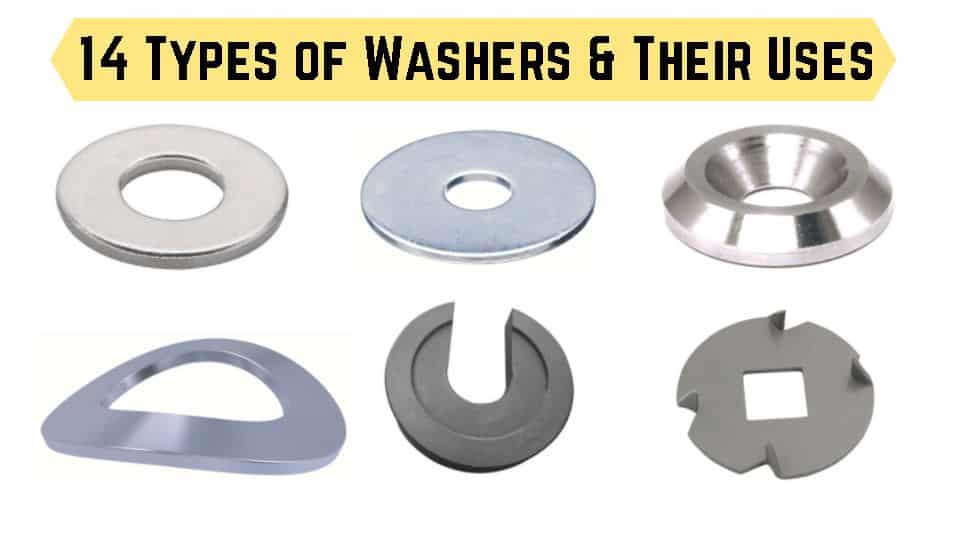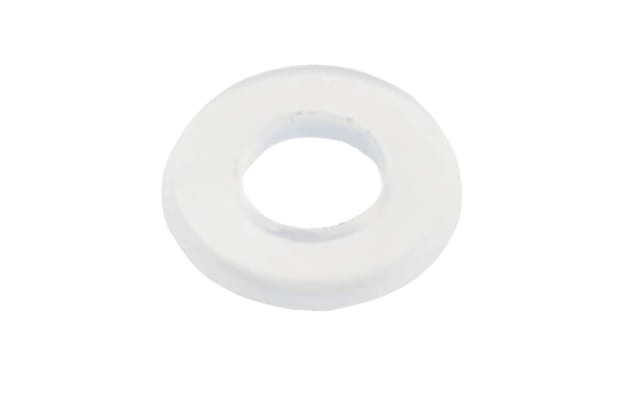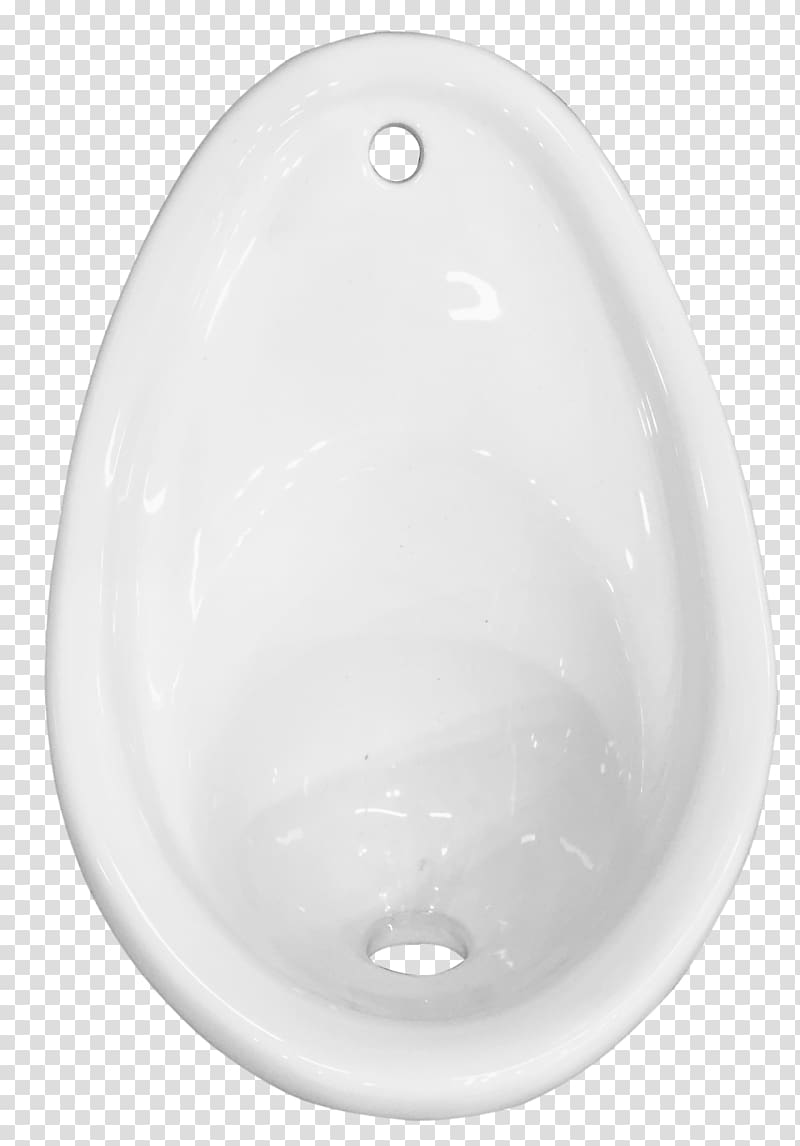Is your kitchen sink tap constantly dripping? It may be time to replace the tap washer. This small but crucial part of your kitchen sink tap can wear out over time and cause leaks. But don't worry, replacing a kitchen sink tap washer is a simple and cost-effective fix that you can do yourself. First, turn off the water supply to your kitchen sink. Then, using a screwdriver, remove the tap handle and the tap bonnet. This will expose the tap washer. Take note of the size and shape of the tap washer before removing it. Next, head to your local hardware store and purchase a new tap washer that matches the size and shape of the old one. You can also consider upgrading to a more durable material, such as a ceramic or brass tap washer. Once you have the new tap washer, simply replace it in the same spot as the old one and reassemble the tap handle and bonnet. Turn the water supply back on and test your tap to see if the leak has been fixed. If not, you may need to call a professional plumber to check for any other underlying issues.1. Kitchen Sink Tap Washer Replacement
Replacing a kitchen sink tap washer is a quick and easy DIY project. Not only will it save you money, but it will also prevent further water damage and reduce your water bill. First, gather your tools - you will need a screwdriver, a new tap washer, and possibly an adjustable spanner. Turn off the water supply to your kitchen sink, then remove the tap handle and bonnet to expose the tap washer. Keep in mind that some tap handles may require a special tool to remove them. Remove the old tap washer and take note of its size and shape. It's always a good idea to bring it with you to the hardware store to ensure you purchase the correct replacement. Once you have the new tap washer, simply place it in the same spot as the old one and reassemble the tap handle and bonnet. Turn the water supply back on and test the tap for any leaks. If you encounter any difficulties or the leak persists, it may be best to call a professional plumber who can properly diagnose and fix the issue.2. How to Replace a Kitchen Sink Tap Washer
When it comes to replacing your kitchen sink tap washer, you want to make sure you choose a high-quality and durable product. Some of the best options on the market include ceramic, brass, and silicone tap washers. These materials are known for their longevity and resistance to wear and tear. Ceramic tap washers are a popular choice due to their high strength and ability to withstand extreme temperatures. They are also resistant to corrosion and can last up to 20 times longer than traditional rubber or plastic washers. Brass tap washers are another excellent option as they are highly durable and can withstand high water pressure. They are also resistant to corrosion and can last for many years without needing to be replaced. Silicone tap washers are a newer option on the market and are becoming increasingly popular due to their flexibility and resistance to wear and tear. They are also heat resistant and can handle both hot and cold water.3. Best Kitchen Sink Tap Washers
Kitchen sink tap washers come in a variety of sizes, so it's essential to choose the right one for your tap. The most common sizes are 1/2 inch, 3/4 inch, and 1 inch. However, there are also larger sizes available for commercial and industrial use. To determine the size of your tap washer, measure the diameter of the tap valve and the thickness of the washer. You can also bring the old washer with you to the hardware store to ensure you purchase the correct size. It's always a good idea to have a few spare tap washers on hand in case of emergencies. This way, you won't have to run to the store every time you need to replace one.4. Kitchen Sink Tap Washer Sizes
A leaky kitchen sink tap is not only annoying, but it can also lead to water damage and a higher water bill. Fortunately, fixing a leaky kitchen sink tap washer is a simple and cost-effective solution. First, turn off the water supply to your kitchen sink. Then, using a screwdriver, remove the tap handle and bonnet to expose the tap washer. If the washer is worn out or damaged, replace it with a new one of the same size and shape. If the washer appears to be in good condition, you may need to clean the tap valve and the washer seat using a wire brush. This will remove any debris or buildup that may be causing the leak. Once cleaned, reassemble the tap and turn the water supply back on to test for any leaks. If the leak persists, it may be best to call a professional plumber to check for any other underlying issues.5. How to Fix a Leaky Kitchen Sink Tap Washer
If your kitchen sink tap washer is damaged or worn out, you may be able to repair it rather than replacing it. This can save you time and money, but it's essential to make sure the repair is done correctly to avoid any further leaks. The first step is to determine the cause of the damage. If the washer is cracked or split, it will need to be replaced. However, if it is simply worn out, you may be able to repair it by sanding down any rough edges or using a sealant to fill in any gaps. It's important to remember that a repaired tap washer may not last as long as a new one, so it's always best to replace it if possible.6. Kitchen Sink Tap Washer Repair
Installing a kitchen sink tap washer is a simple process that you can do yourself. First, turn off the water supply to your kitchen sink. Then, using a screwdriver, remove the tap handle and bonnet to expose the tap washer. If you are replacing an old washer, simply remove it and replace it with the new one. If you are installing a new tap washer, make sure it is the correct size and shape for your tap. Once in place, reassemble the tap handle and bonnet, and turn the water supply back on to test for any leaks. If you are not confident in your DIY skills, it's always best to call a professional plumber to ensure the tap washer is installed correctly.7. Kitchen Sink Tap Washer Installation
As mentioned earlier, there are various types of kitchen sink tap washers available on the market. The most popular materials include rubber, ceramic, brass, and silicone. Rubber tap washers are the most common and affordable option, but they also tend to wear out quicker and may need to be replaced more frequently. Ceramic, brass, and silicone tap washers are more durable and long-lasting, but they also come at a higher cost. However, investing in a higher-quality tap washer can save you money in the long run as they will need to be replaced less often.8. Kitchen Sink Tap Washer Types
The cost of replacing a kitchen sink tap washer can vary depending on the type of washer and the plumber's fees. On average, a rubber tap washer can cost anywhere from $1 to $5, while a ceramic or brass tap washer can cost between $5 to $15. If you choose to hire a professional plumber, their fees can range from $50 to $150, depending on the extent of the repair and their hourly rate. However, replacing a kitchen sink tap washer is a simple DIY project that can save you money on both the cost of the washer and the plumber's fees.9. Kitchen Sink Tap Washer Replacement Cost
To extend the lifespan of your kitchen sink tap washer, it's essential to practice regular maintenance. This includes cleaning the tap valve and washer seat, as well as checking for any signs of wear and tear. If you live in an area with hard water, it's a good idea to invest in a water softener to prevent mineral buildup on your tap washer. This can help prolong its lifespan and prevent any leaks or damage. If you are not confident in your DIY skills, it's always best to call a professional plumber to properly maintain your kitchen sink tap washer and ensure it is in good working condition.10. Kitchen Sink Tap Washer Maintenance
The Importance of a High-Quality Kitchen Sink Tap Washer for Your Home
Keep Your Kitchen Running Smoothly
 When it comes to designing your dream home, every detail matters. From the color of the walls to the type of flooring, each decision plays a crucial role in creating a space that is both functional and aesthetically pleasing. One often overlooked element in house design is the
kitchen sink tap washer
. While it may seem like a small and insignificant part, the quality of your tap washer can have a significant impact on your daily life.
When it comes to designing your dream home, every detail matters. From the color of the walls to the type of flooring, each decision plays a crucial role in creating a space that is both functional and aesthetically pleasing. One often overlooked element in house design is the
kitchen sink tap washer
. While it may seem like a small and insignificant part, the quality of your tap washer can have a significant impact on your daily life.
Prevent Leaks and Damage
 The primary purpose of a tap washer is to create a watertight seal between the tap and the sink. This prevents leaks and ensures that water flows smoothly without any interruption. A high-quality washer will be able to withstand the constant flow of water and the twisting and turning of the tap handle, preventing any potential damage to your sink or plumbing system. On the other hand, a low-quality washer can easily become worn out or damaged, leading to leaks and potential water damage in your kitchen.
The primary purpose of a tap washer is to create a watertight seal between the tap and the sink. This prevents leaks and ensures that water flows smoothly without any interruption. A high-quality washer will be able to withstand the constant flow of water and the twisting and turning of the tap handle, preventing any potential damage to your sink or plumbing system. On the other hand, a low-quality washer can easily become worn out or damaged, leading to leaks and potential water damage in your kitchen.
Save Money on Water Bills
 A leaky kitchen tap not only causes inconvenience but can also be costly. According to the Environmental Protection Agency, an average household can waste up to 10,000 gallons of water per year due to leaks. This not only increases your water bill but also has a negative impact on the environment. By investing in a high-quality
kitchen sink tap washer
, you can prevent leaks and save money on your water bills in the long run.
A leaky kitchen tap not only causes inconvenience but can also be costly. According to the Environmental Protection Agency, an average household can waste up to 10,000 gallons of water per year due to leaks. This not only increases your water bill but also has a negative impact on the environment. By investing in a high-quality
kitchen sink tap washer
, you can prevent leaks and save money on your water bills in the long run.
Add a Touch of Style
 While functionality should be the top priority when choosing a tap washer, it doesn't mean you have to sacrifice style. There are numerous options available in the market, from traditional rubber washers to more modern ceramic or silicone ones. You can choose a washer that not only fits your functional needs but also adds a touch of style to your kitchen. This small detail can make a significant difference in the overall design of your kitchen.
While functionality should be the top priority when choosing a tap washer, it doesn't mean you have to sacrifice style. There are numerous options available in the market, from traditional rubber washers to more modern ceramic or silicone ones. You can choose a washer that not only fits your functional needs but also adds a touch of style to your kitchen. This small detail can make a significant difference in the overall design of your kitchen.
Conclusion
 In conclusion, a high-quality
kitchen sink tap washer
is an essential component in any well-designed kitchen. It not only prevents leaks and potential damage but also helps save money on water bills and adds a touch of style to your space. Don't overlook this small but crucial element when designing your dream home. Invest in a good quality tap washer and enjoy a smooth and functional kitchen for years to come.
In conclusion, a high-quality
kitchen sink tap washer
is an essential component in any well-designed kitchen. It not only prevents leaks and potential damage but also helps save money on water bills and adds a touch of style to your space. Don't overlook this small but crucial element when designing your dream home. Invest in a good quality tap washer and enjoy a smooth and functional kitchen for years to come.


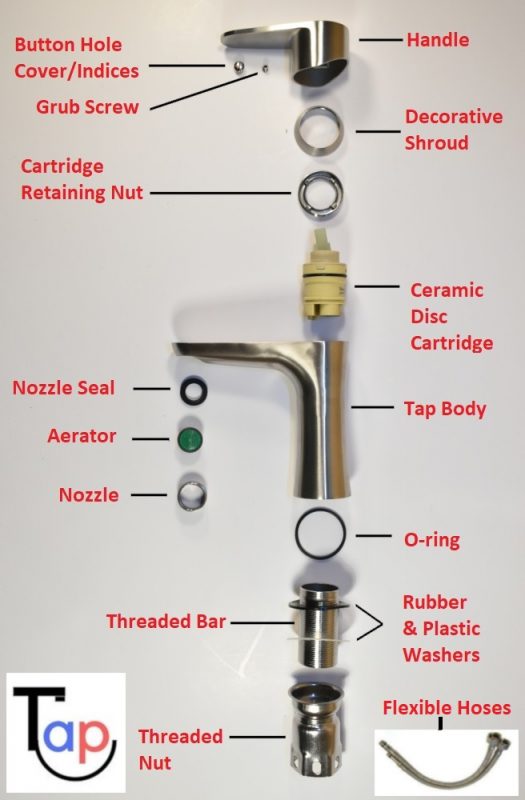

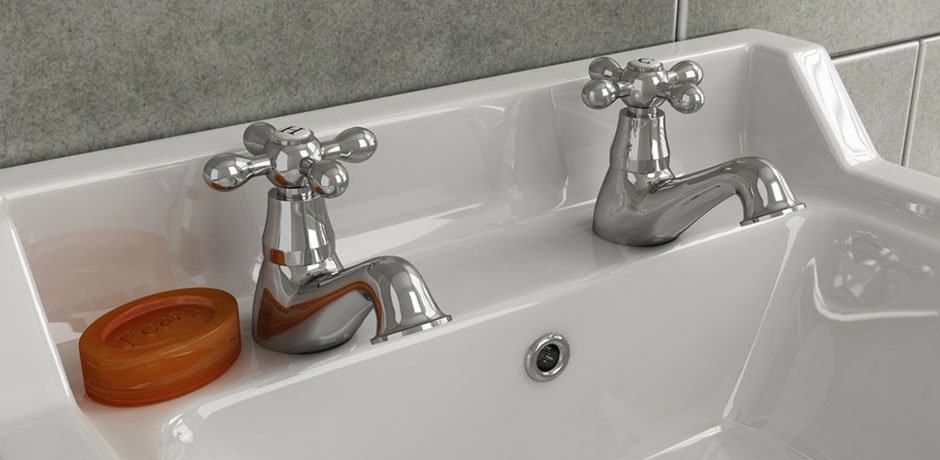



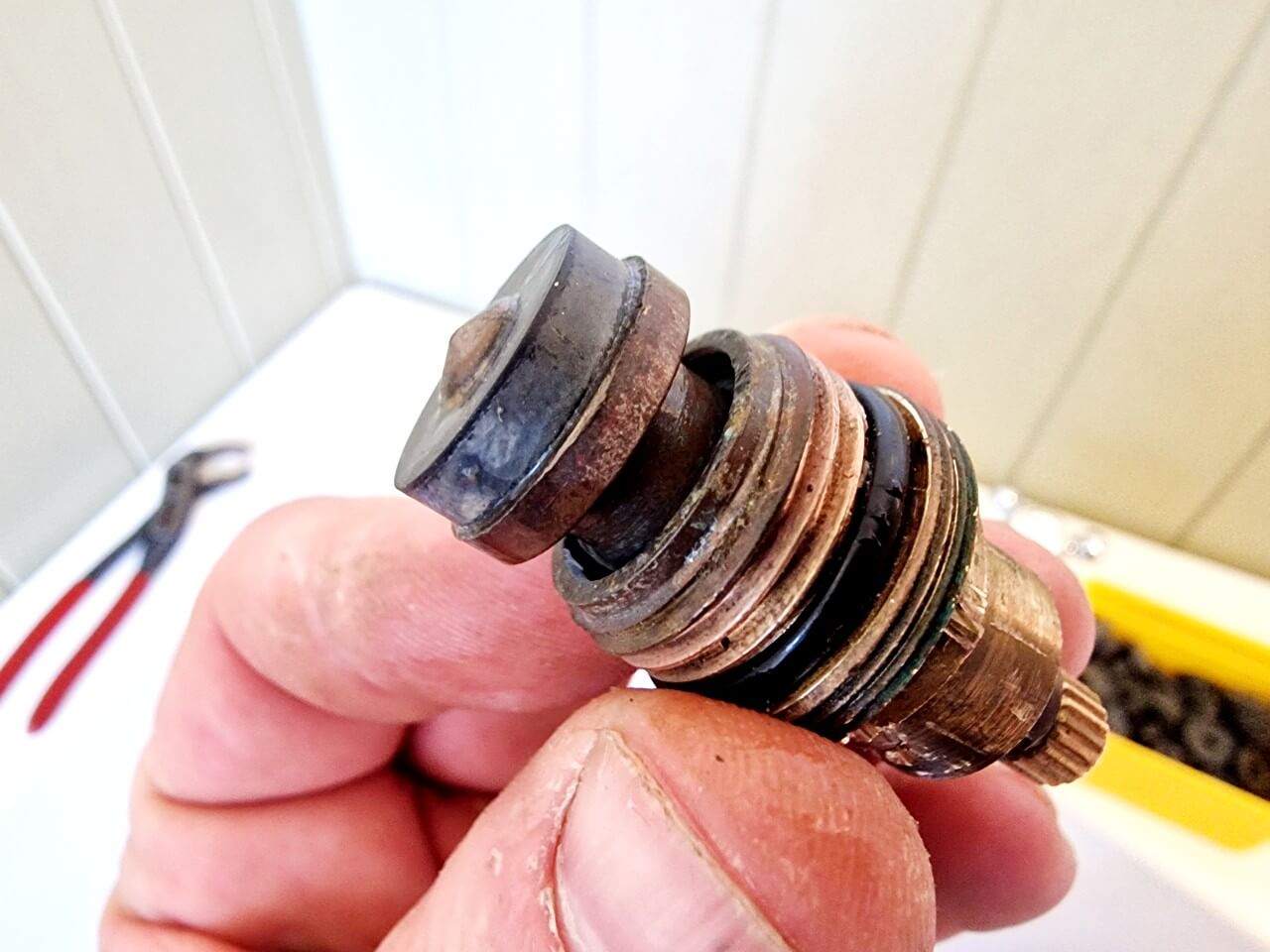
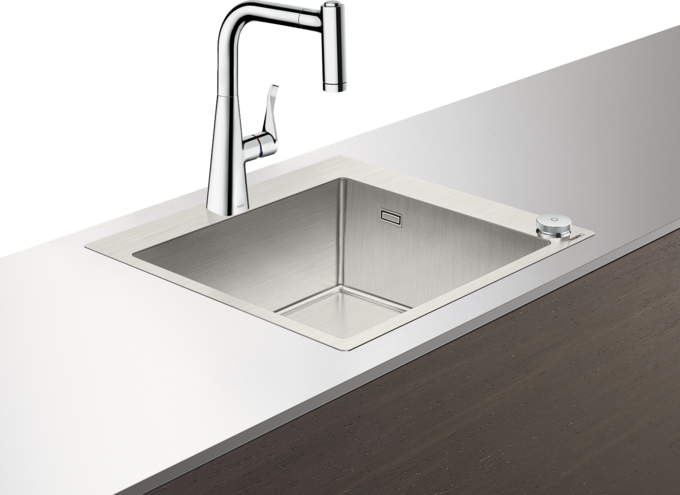






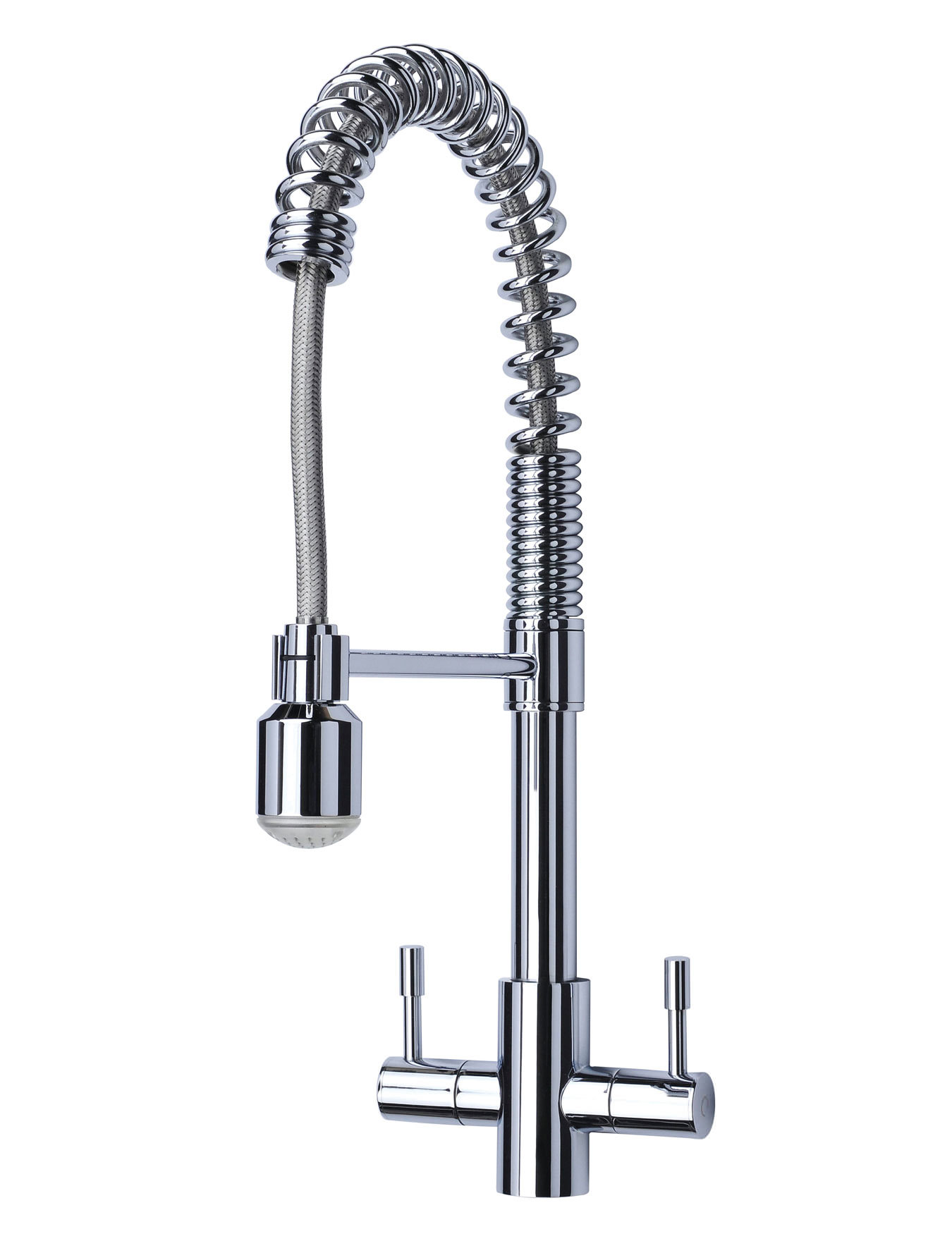

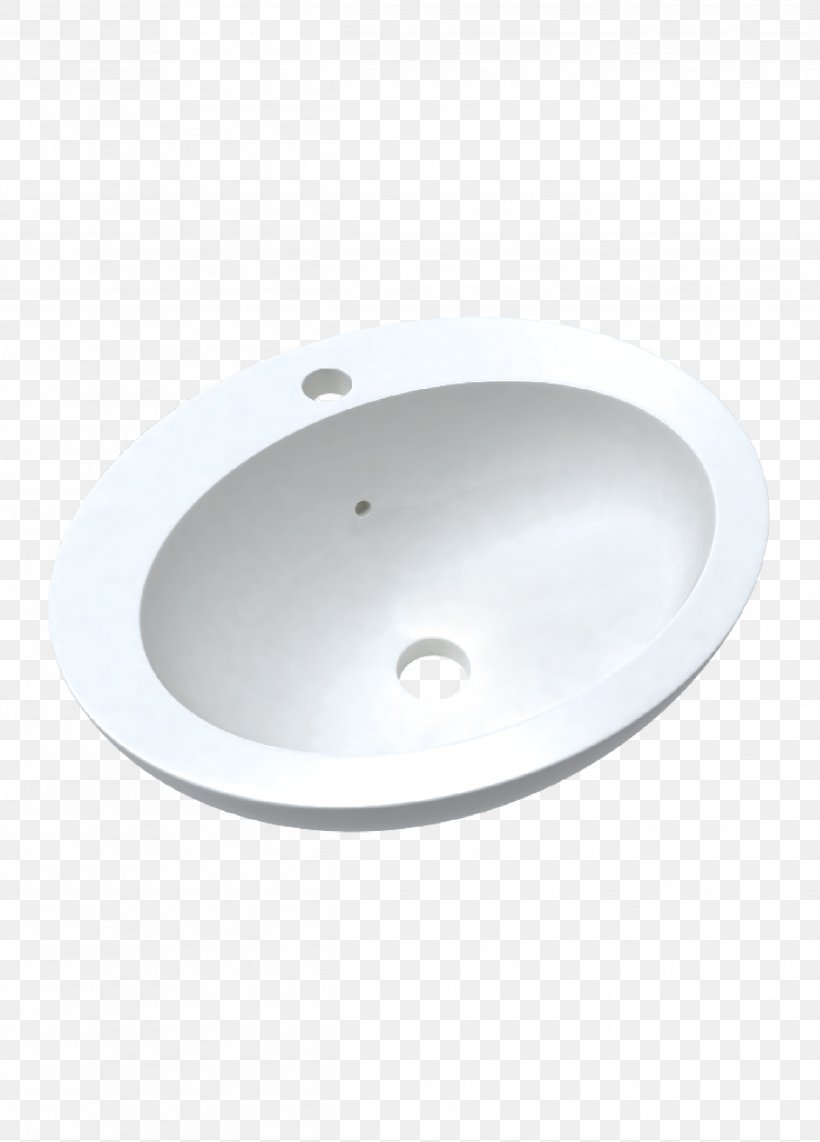

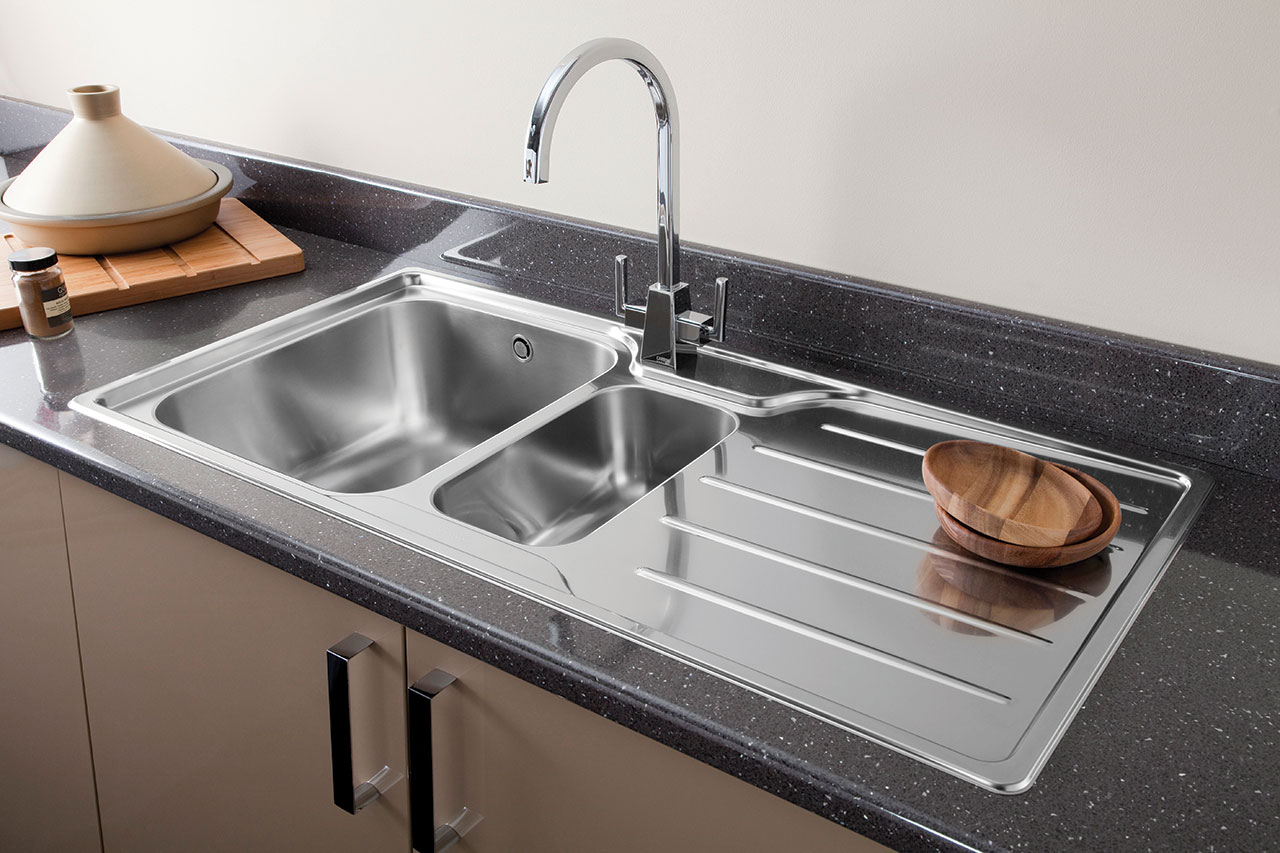

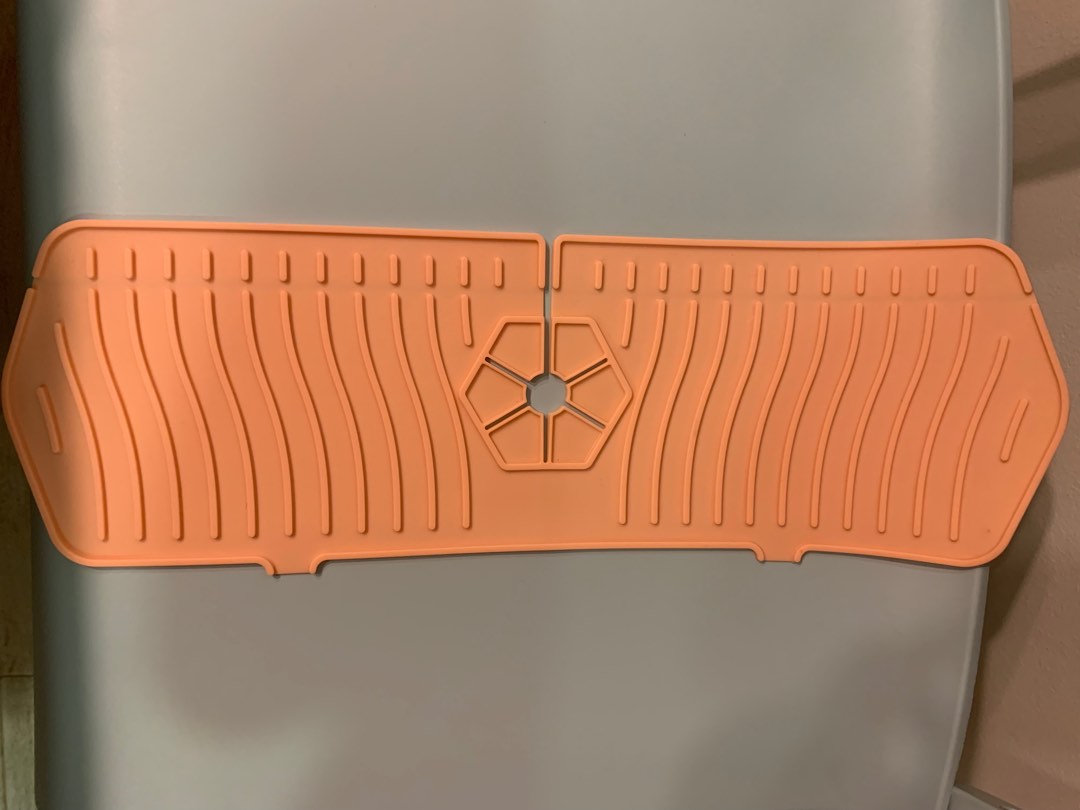







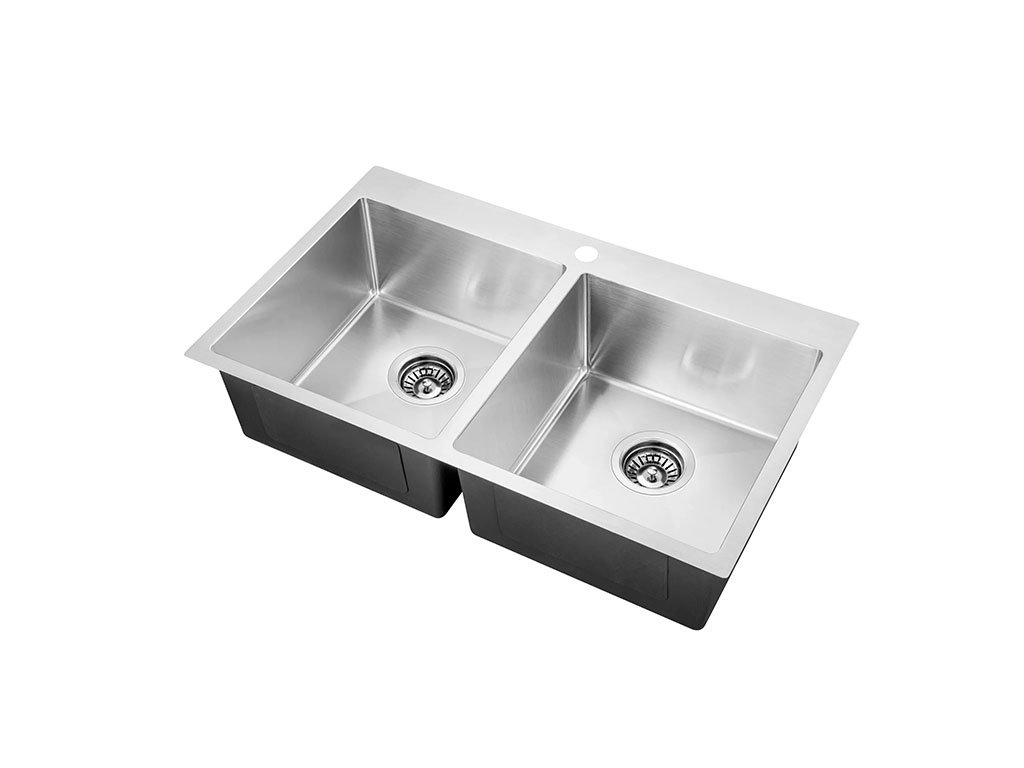











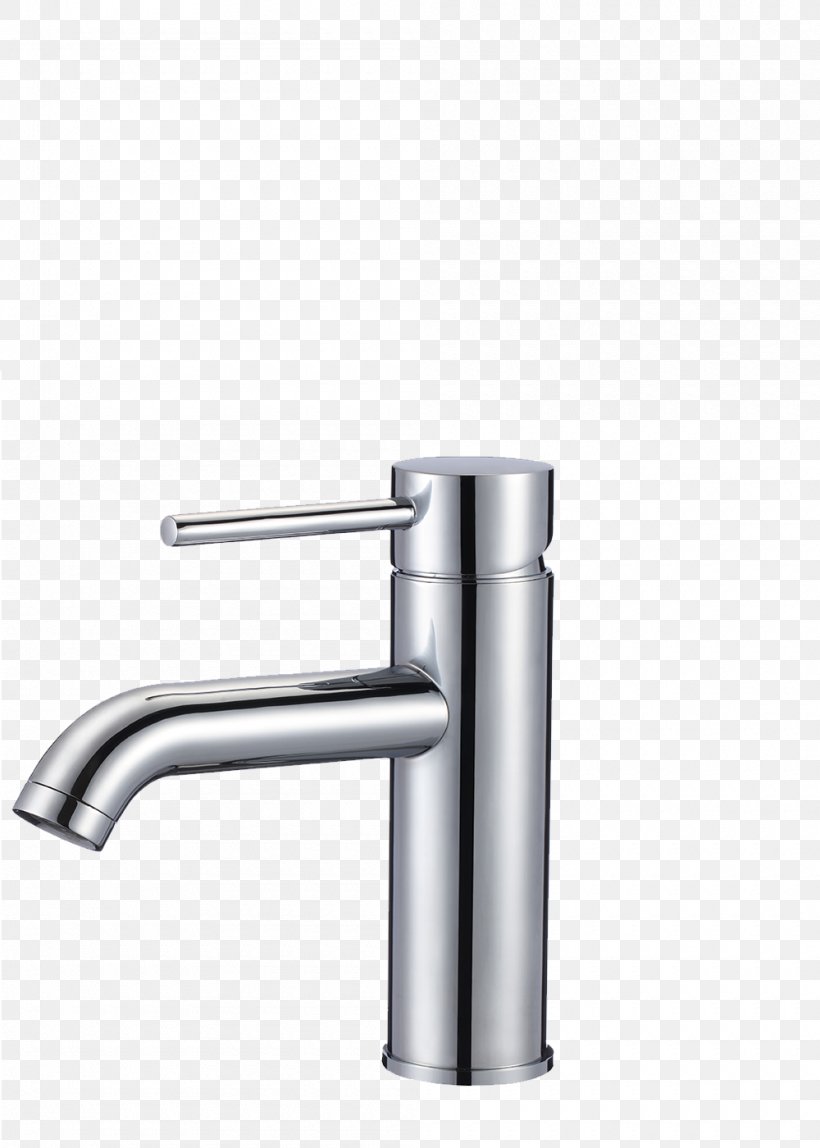







:no_upscale()/cdn.vox-cdn.com/uploads/chorus_asset/file/19495086/drain_0.jpg)


